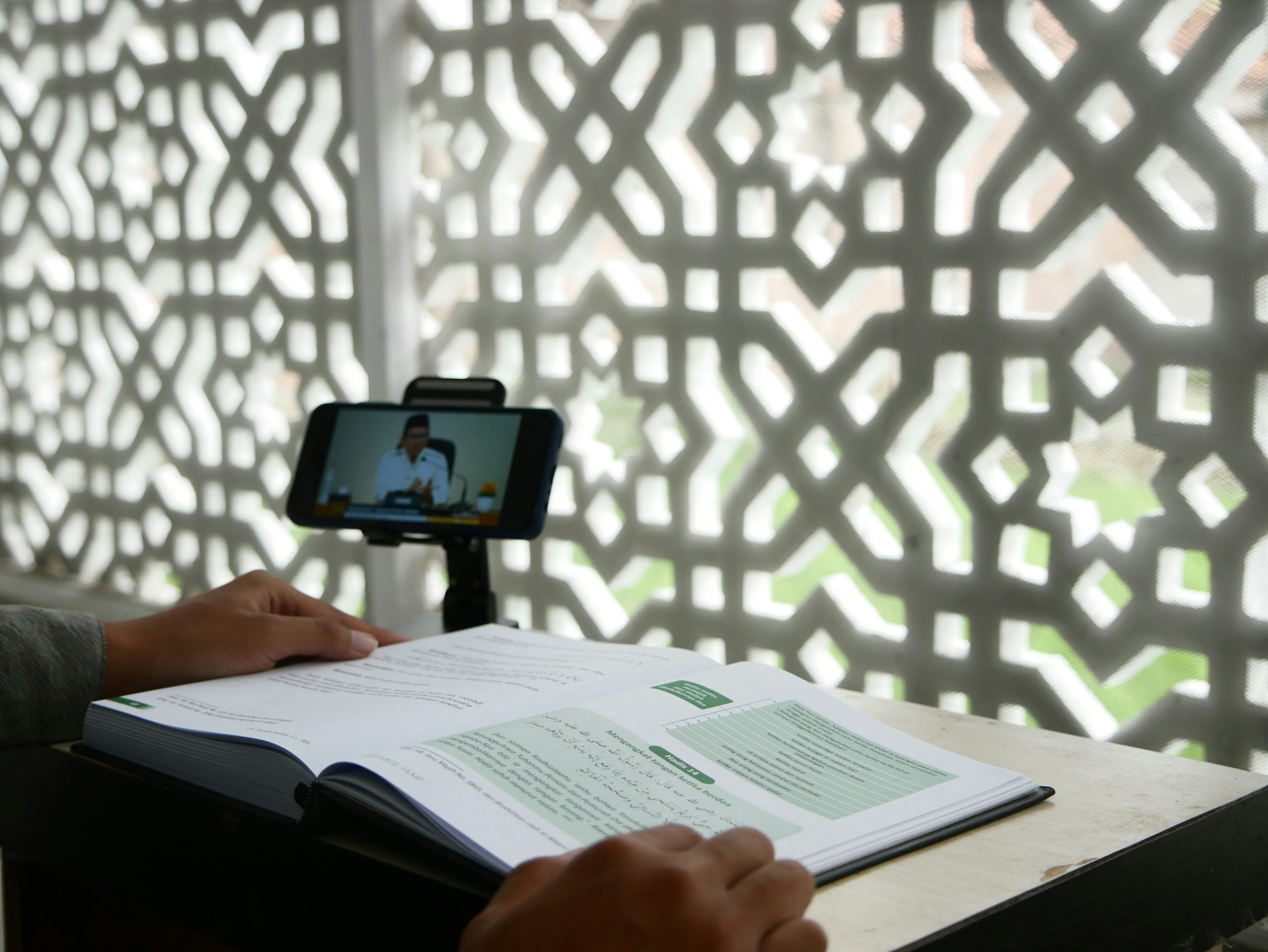Exploring the Potential of Virtual Reality in Immersive Learning
Over the years, education has undergone significant transformation, from traditional classroom settings to online learning. With the rise of technology, the education landscape is constantly evolving, giving rise to new ways of learning. One of the latest innovations in education is virtual reality (VR), which has the potential to revolutionize the way we learn and absorb information. In this article, we will explore the potential of virtual reality in immersive learning, and how it can enhance the learning experience for students.
The Rise of Virtual Reality in Education
Virtual reality is a computer-generated simulation that immerses the user in a digital environment. It has been around for a while but has recently gained popularity in the field of education. With the advent of VR headsets such as Oculus Rift and HTC Vive, virtual reality has become more accessible and affordable. This has opened up new opportunities for educators to use this technology in the classroom and create a more engaging learning experience for students.
Immersive Learning with Virtual Reality
Traditional learning methods often fall short in engaging students and keeping them interested in the subject matter. This is where virtual reality comes in, as it has the ability to transport students to a fully immersive learning environment. With the use of VR headsets, students can interact with 3D objects and scenarios, which creates a sense of presence and fosters a deeper understanding of the subject.
Breaking Down Barriers
Virtual reality has the potential to break down barriers and create a level playing field for students of different backgrounds and abilities. It allows students to learn at their own pace and in their own way, making the learning experience more personalized. For example, students with learning disabilities can benefit greatly from VR technology as it provides a more multisensory approach to learning.
Real-World Simulations
With virtual reality, students can experience real-world scenarios and simulations that would be otherwise impossible in a traditional classroom setting. This allows them to apply their knowledge in a practical and hands-on manner, which can lead to better retention and understanding of the subject. For example, medical students can practice surgical procedures in a virtual environment before performing them on real patients.
Enhancing Collaboration and Communication
Virtual reality also has the potential to enhance collaboration and communication among students. In a virtual classroom, students can work together on projects and assignments in a more immersive and interactive manner. This can also help in developing teamwork skills and preparing students for the collaborative nature of the workforce.
The Future of Virtual Reality in Education
The potential of virtual reality in education is still being explored, and it is evident that this technology has a long way to go. As VR technology continues to improve and become more accessible, we can expect to see even more innovative uses of it in the education sector. From virtual field trips to historical events, to exploring different cultures and languages, the possibilities are endless.
Challenges of Using Virtual Reality in Education
While there are many benefits to using virtual reality in education, there are also some challenges that need to be addressed. The cost of VR technology and content creation can be a barrier for some schools, making it inaccessible to students from lower-income families. Additionally, there is still a lack of research on the long-term impacts of virtual reality on learning and cognitive development.
Conclusion
In conclusion, virtual reality has the potential to greatly enhance the learning experience for students. It breaks down barriers, creates a more engaging and immersive learning environment, and allows for real-world simulations. However, it is important to carefully consider the challenges and limitations of using virtual reality in education to ensure equal access for all students. As technology continues to advance, we can expect to see virtual reality playing a larger role in the future of education.











